Columbia University Press Welcomes the Lincoln Institute of Land Policy
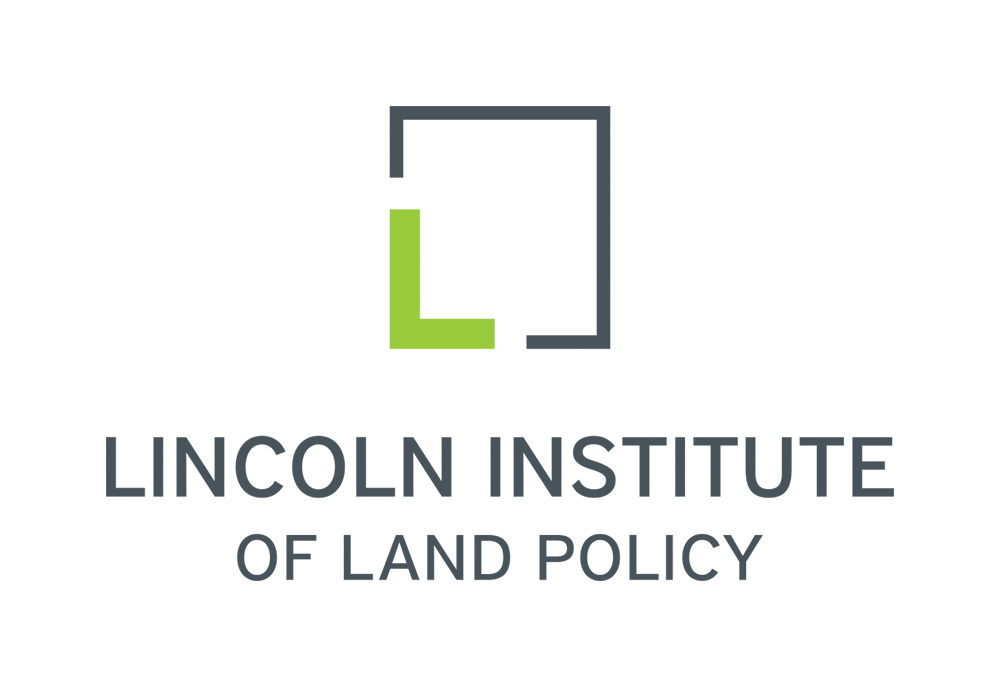
Columbia University Press is proud to welcome the Lincoln Institute of Land Policy as one of our distributed presses. Complementing our strengths in critical political engagement and sustainability in public policy, this remarkable publisher is at the forefront of integrating theory and practice to shape global conversations.
• • • • • •
A Brief History of the Lincoln Institute of Land Policy
The Lincoln Institute of Land Policy exists because of a book. Progress and Poverty, by the American political economist Henry George, published in 1879 and, during the next two decades, outsold every publication but the Bible.
George’s analysis of wealth disparities in the industrial era stirred the conscience of John C. Lincoln, a preacher’s son embarking on what would become a prodigious career as an electrical engineer. Lincoln—who made his name in late-nineteenth-century Cleveland, then a hotbed of innovation—was moved by George’s attempt to diagnose why poverty persisted even amid the swiftly amassing riches of the Gilded Age. George observed that private landowners were accumulating vast wealth just by being fortunate enough to own property where new railroad stations and other public investments were set to be built. They did little to earn the spikes in land value that resulted from those public investments, and those windfalls, George asserted, should be distributed more broadly.
Before long, Lincoln would acquire his own fortune, founding the Lincoln Electric Company in 1895 and patenting a popular portable arc welder and other inventions. Inspired in part by George, he shared his wealth through various philanthropic efforts, including the Lincoln Foundation—a trust he created in 1946 to foster understanding of the socioeconomic role of land. That endowment became the primary source of support for the Lincoln Institute of Land Policy, founded by John’s son David in 1974 as an independent, freestanding organization for education and research. In 2006, the two entities merged to become a private operating foundation.
The Lincoln Institute’s Publications
The Lincoln Institute began to publish regularly in the 1980s, releasing scholarly titles on the land tax, property tax valuation, and transfer of development rights—local finance instruments that help secure public benefits from public investments. Titles on zoning, sustainable development, and conservation came later in the 1990s, issuing from the premise that land and natural resources provide environmental benefits that—like the economic benefits of land—should be shared and protected for the general welfare. So it followed that climate change became a focus of study in the 2000s, yielding publications on land-based adaptation and mitigation strategies.
Today the Lincoln Institute works globally to remedy environmental and socioeconomic problems with a range of land-based approaches that now include land value capture, integrated land and water planning, and green infrastructure, as well as legacy instruments like the property tax. Activity extends to Latin America, China, Africa, and the United States, which is home to the Lincoln Institute’s headquarters in Cambridge, Massachusetts; the Babbitt Center for Land and Water Policy in Phoenix, Arizona; and the Center for Community Investment in Washington, DC. The mission has expanded too. In 2020, the Lincoln Institute seeks to improve quality of life worldwide by promoting low-carbon, climate-resilient communities and regions; sustainably managed land and water resources; reduced poverty and spatial inequality; fiscally healthy communities and regions; efficient and equitable tax systems; and functional land markets and reduced informality.
Publications remain a fundamental part of this work, and they now inform an array of products in new media including websites, podcasts, videos, courses, and articles in Land Lines, the free magazine that just celebrated its thirtieth anniversary. The Lincoln Institute’s books present deep, comprehensive examinations of critical land use issues by global experts in city and regional planning, urban economics, and conservation. Policy Focus Reports deliver concise, evidence-based recommendations for policy makers, local leaders, students and scholars, as well as concerned citizens.
In December 2019, several Lincoln Institute publications garnered accolades: Design with Nature Now was named one of the Best Books of 2019 by the American Society of Landscape Architects’ magazine The Dirt; Planetizen’s Best Books of the Decade included Zoning Rules!: The Economics of Land Use Regulation; and Planning magazine featured Buy-in for Buyouts: The Case for Managed Retreat from Flood Zones on its Commissioner’s Book Shelf.
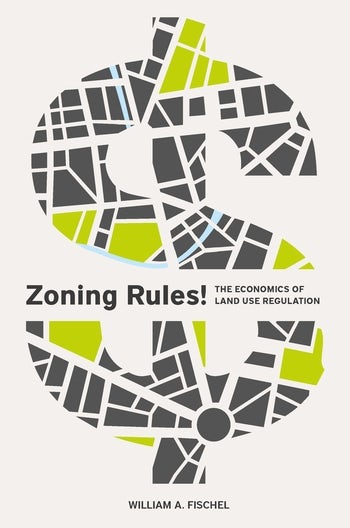
In April, the Lincoln Institute will publish the first in-depth examination of a vanguard urban and regional planning approach: Scenario Planning for Cities and Regions: Managing and Envisioning Uncertain Futures, by Robert Goodspeed, will help communities create and analyze multiple plausible versions of the future, allowing them to remain nimble in the face of unprecedented twenty-first century challenges.
The extremity of those challenges is dire. Poverty persists today in starker contrast than ever with concentrated wealth, while climate change poses the greatest existential threat faced by humanity. Good land policy is a remedy for both, helping communities plan and pay for equity and resilience. The new distribution partnership between Columbia University Press and the Lincoln Institute of Land Policy will engage a broader international audience with this work, which has never seemed more critical.
—Maureen Clarke, Vice President of Publications, Communications & Learning Design, the Lincoln Institute of Land Policy
1 Response
Leave a Reply
You must be logged in to post a comment.


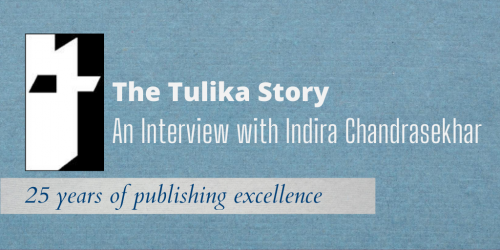
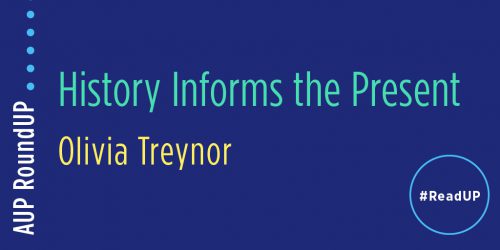

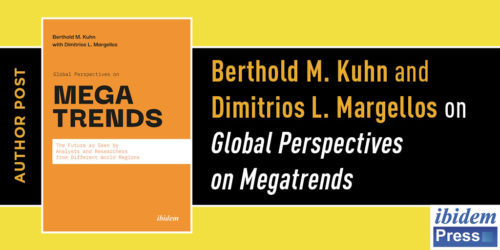
Sustainably managed water resources is one of your issues.
How do you plan to reach that general goal?
Are you planning to revise the 1980 Arizona Groundwater Management Act . Will you try to better define ” Safe Yield” of Arizona’s aquifers?
As Arizona has been in a severe drought since 1995 ( Governor’s commission ) how can you believe Arizona should only pump the amount of groundwater that is naturally recharged by annual rainfall?